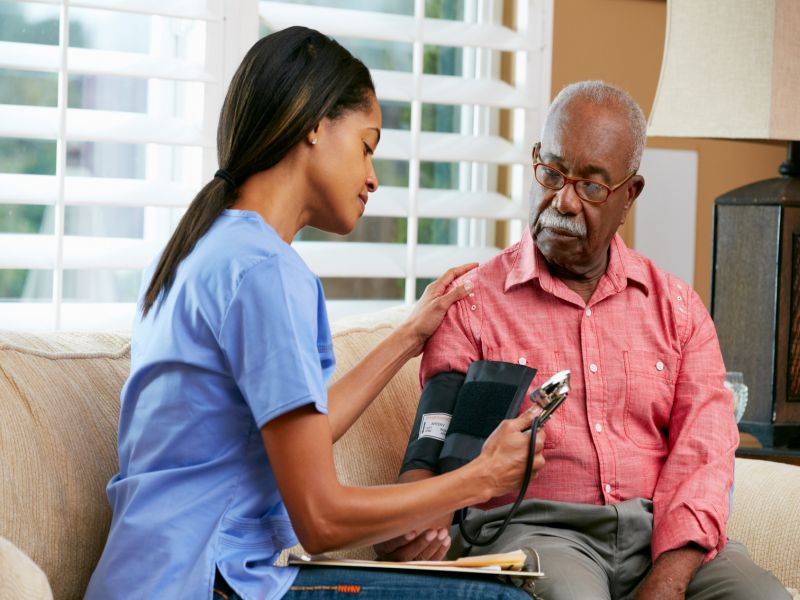
THURSDAY, Sept. 26, 2019 (HealthDay News) — If you are a senior who is poor or from a minority group, the chances may be higher that you could receive a cancer diagnosis in the emergency room, a new study suggests.
Cancer is typically diagnosed by a specialist, but 20% to 50% of cancers are only caught during an ER visit, researchers said.
“Emergency room detection of cancer provides a window to understanding disparities in receipt of cancer screening and preventive care, since the emergency department sees a disproportionately high number of uninsured, underinsured, lower-income and minority patients,” explained lead study author Caroline Thompson, an assistant professor of epidemiology at San Diego State University.
A number of these visits are related to a symptom of an undiagnosed cancer, while others are for different problems, the study found. For some patients, the emergency room is the only place they get medical care.
It’s that last group that shines a light on the disparities in cancer diagnosis, Thompson added.
For the study, Thompson and her colleagues collected data on more than 415,000 Medicare patients diagnosed with breast, colon, lung or prostate cancer between 2004 and 2013.
They found that 11% of overall cancer diagnoses were made after an emergency room visit: 5% for breast cancer, 13% for colon cancer, 15% for lung cancer and 6% for prostate cancer.
Patients seen in the emergency room were more likely to be single, Hispanic, black or poor. These patients were also three times more likely to have multiple medical problems, the researchers added.
The findings were presented last Friday at a meeting of the American Association for Cancer Research, in San Francisco.
“Someone who has a ‘screenable’ cancer detected in the emergency department has probably not been screened recently, or ever,” Thompson said in a meeting news release.
These patients are also more likely to have an advanced stage of cancer that can be more difficult to treat, she added.
This study highlights the need to make cancer screening available to everyone, regardless of their race or economic condition, Thompson said.
Research presented at meetings is considered preliminary until published in a peer-reviewed journal.
— Steven Reinberg

Copyright © 2019 HealthDay. All rights reserved.
SOURCE: American Association for Cancer Research, news release, Sept. 20, 2019
SLIDESHOW
Skin Cancer Symptoms, Types, Images
See Slideshow
References
SOURCE: American Association for Cancer Research, news release, Sept. 20, 2019







Leave a Reply